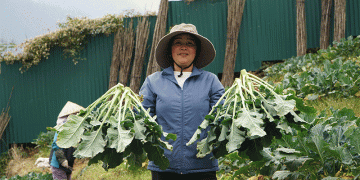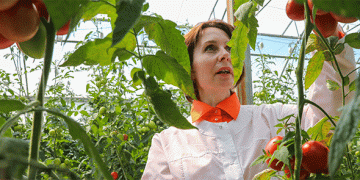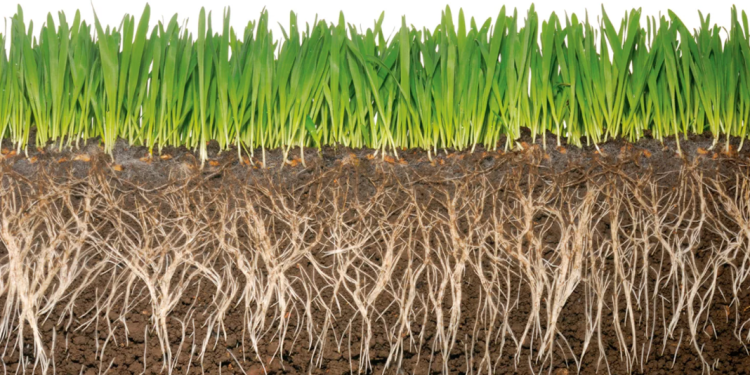Cover crops have been gaining popularity among farmers and agricultural experts due to their potential benefits for soil health, yield, and environmental sustainability. Recent research sheds light on the latest findings on the effects of cover crops on soil health and yield, and how farmers can optimize their use.
According to a recent study published in Scientific Reports, cover crops can significantly improve soil health by enhancing soil organic matter, microbial diversity, and nutrient cycling. The study, which analyzed 144 research articles on cover crops, found that cover crops increased soil organic matter by an average of 20% and microbial biomass by an average of 28%. In addition, cover crops improved nutrient cycling, particularly for nitrogen and phosphorus, by an average of 59% and 21%, respectively.
Improved soil health can have significant benefits for crop yield and quality. Another study published in Agronomy Journal found that cover crops increased corn yield by an average of 4.1 bu/ac and soybean yield by an average of 2.6 bu/ac. The study also found that cover crops reduced weed pressure, enhanced soil water holding capacity, and improved soil structure, all of which can contribute to higher yields.
Farmers can optimize the use of cover crops by selecting appropriate species, planting methods, and termination timing. According to a recent review article published in Agriculture, Ecosystems & Environment, cover crop species that are well-suited to the local climate and soil conditions can enhance their benefits for soil health and yield. Planting cover crops using no-till or reduced tillage methods can also maximize soil health benefits by reducing soil disturbance and erosion. Termination timing is also important to ensure that cover crops do not compete with cash crops for nutrients and water.
In conclusion, the latest research findings demonstrate that cover crops can significantly improve soil health and yield, while also contributing to environmental sustainability. By selecting appropriate cover crop species, planting methods, and termination timing, farmers can optimize their use of cover crops and reap their benefits.






























